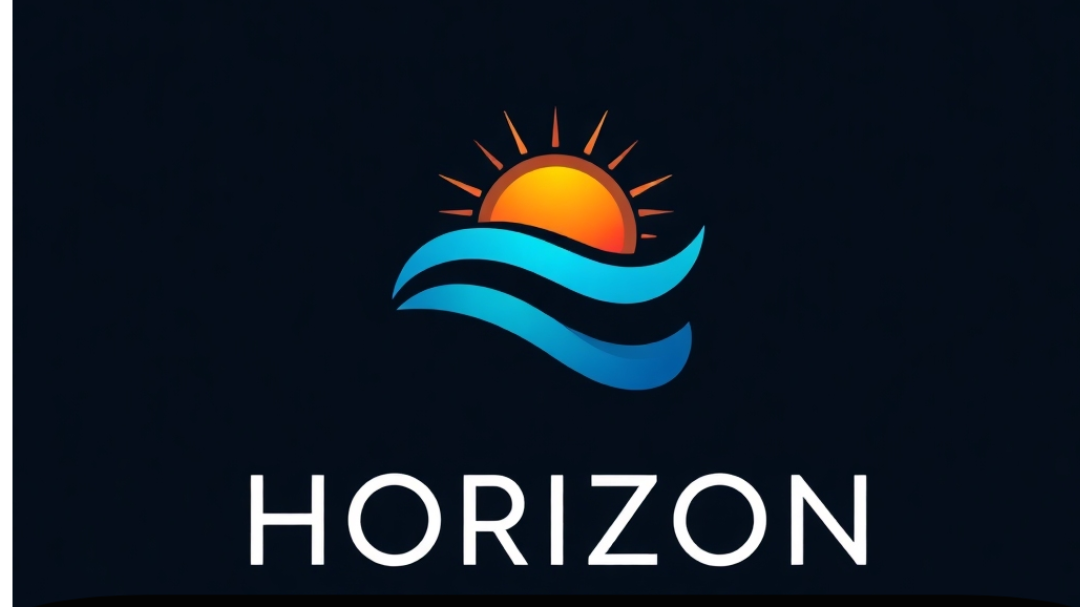
Understanding Liability in Competitive Events
The recent tragic incident at the Mammoth Mountain MX invitational, where 16-year-old motocross racer Aidan Zingg was severely injured, underscores the critical issue of safety during competitive events. When accidents occur, understanding the legal and safety obligations of event organizers is vital for athletes and their families. What responsibility do these organizers have to ensure participant safety, and what recourse do affected families have if safety is compromised?
The Duty of Care: What Organizers Must Provide
Every organizer of a competitive event has a legal obligation to uphold a standard of care that safeguards the well-being of participants. This duty of care manifests in several crucial safety measures, which include:
- Site Safety: Ensuring the venue is free from hazards, with even playing fields, proper lighting, and necessary safety barriers.
- Medical Preparedness: Providing qualified medical personnel and established emergency response protocols are essential components of a responsible event.
- Clear Communication: It’s imperative for organizers to inform participants and spectators of the risks involved and the rules governing the event.
- Participant Screening: Monitoring athletes' qualifications based on age, experience, and equipment further mitigates potential risks.
Events with higher risks, such as motocross or football, typically require adherence to even stricter safety standards delineated by governing organizations.
Identifying Negligence: Organizer Responsibilities
Should an injury occur due to noncompliance with these safety measures, event organizers might be found negligent. Negligence is not a straightforward designation; it requires proving a lapse in the duty of care. Factors that point to negligence can include:
- Failure to provide adequate medical staff or emergency procedures during the event.
- Unsafe conditions on-site, such as wet or uneven surfaces.
- Ignoring feedback from prior incidents regarding safety concerns.
Recourse for Affected Families
When tragedy strikes, families may wonder about their rights. Yes, families can bring claims against event hosts who fail in their duty of care. Potential defendants in these cases include:
- The event promoter or organizer.
- Venue owners or schools responsible for hosting.
- Governing sports bodies or organizations involved.
- Any third parties providing essential services, like medical aid or equipment rentals.
Claims needn't be reserved for high-stakes competitions; every injury incident at competitive events can prompt legal action if negligence can be demonstrated.
Preparing for the Unexpected: Family Actions Post-Injury
If a loved one is injured during a competitive event, several steps can help navigate the aftermath:
- Document Everything: Keep meticulous records of what occurred, including photographs of the site, medical reports, and witness statements.
- Understand Legal Rights: Consulting with a legal professional specializing in personal injury can provide clarity on the potential to file a claim.
- Report the Incident: File a comprehensive report with the organizers and any governing bodies relevant to the sport.
Creating Accountability: The Legal Landscape
Events like the recent motocross tragedy raise pressing questions about accountability and the adequacy of current regulations. As attendees demand safer environments, pressure increases on organizers to enhance safety measures. Legal systems can help improve standards through litigation, but broader industry-wide changes may be necessary for lasting impacts.
Reflections on Safety and Responsibility
Understanding the full scope of organizer responsibilities not only prepares families and competitors for what to expect at competitive events but also empowers them to advocate for greater accountability and safety oversight. Awareness of legal rights and potential claims forms a crucial part of participating in any competitive environment.
 Add Row
Add Row  Add
Add 




Write A Comment